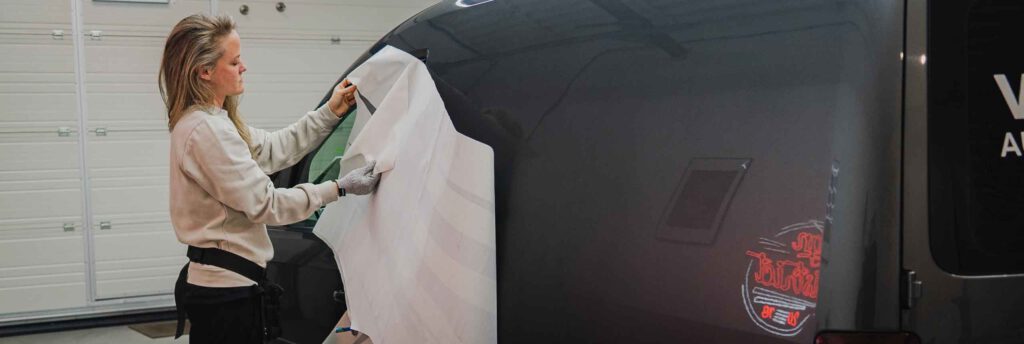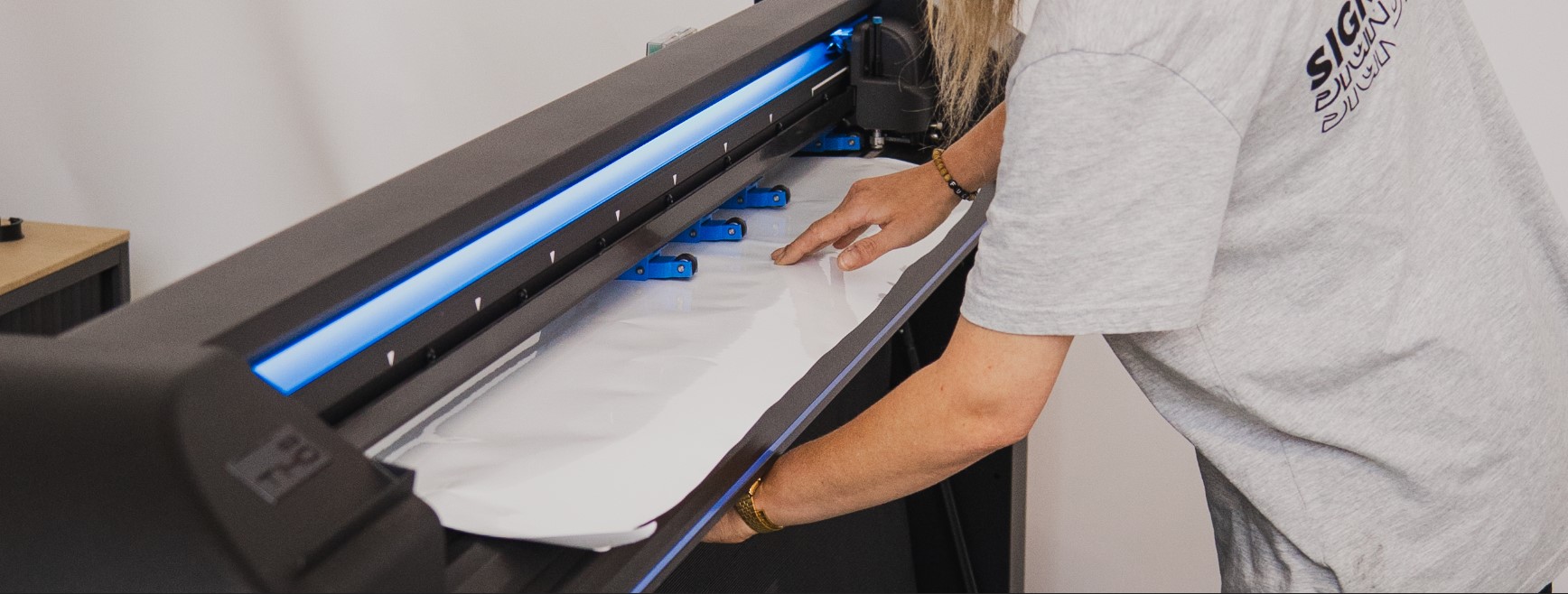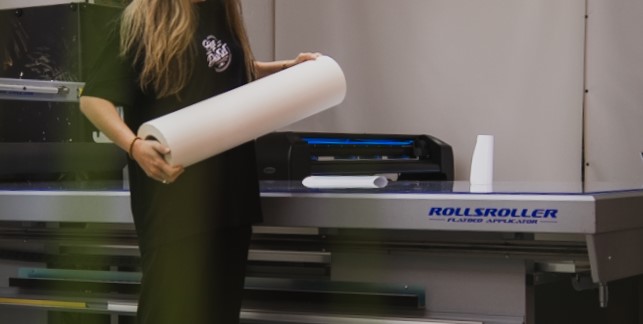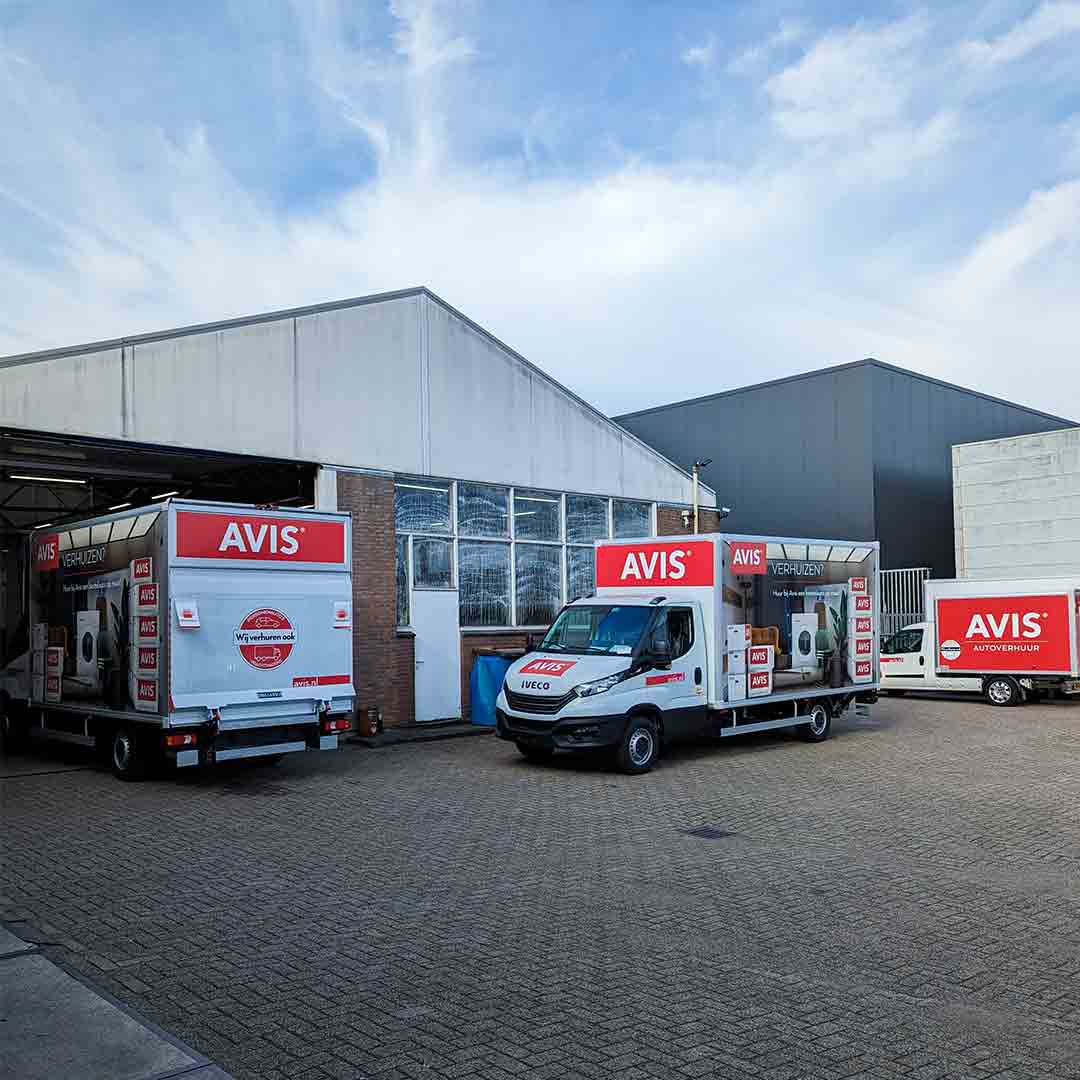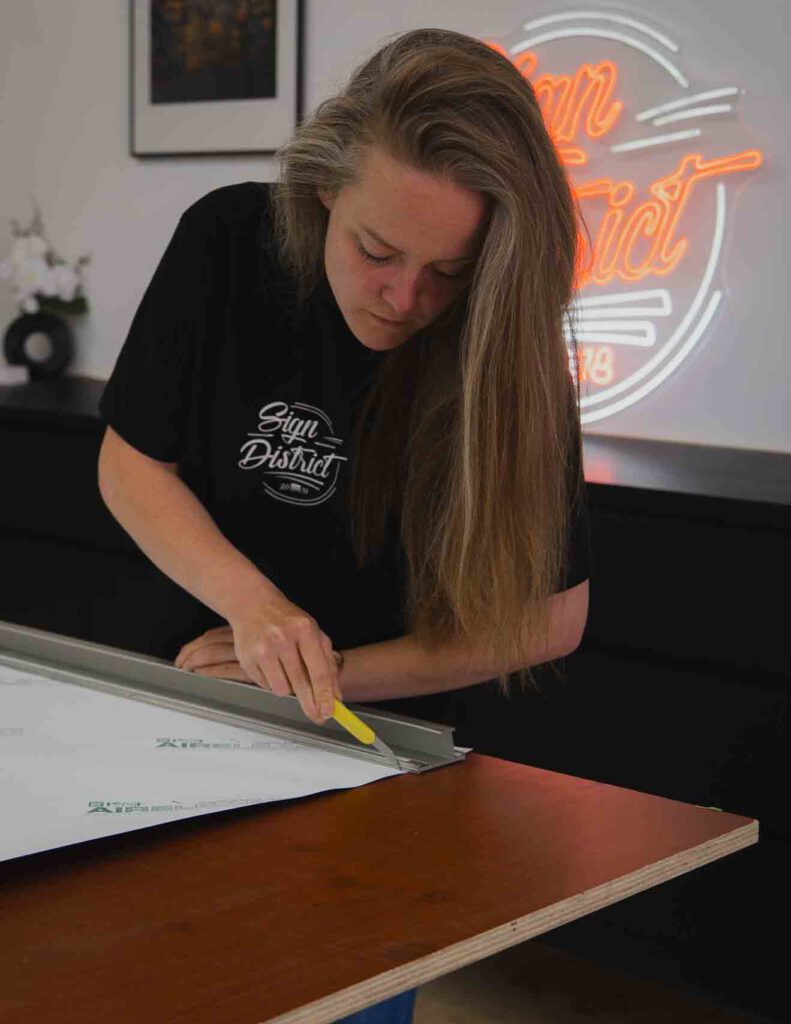If you want to give your vehicle, business property or shop windows a striking look you’ll quickly come across two popular techniques: wrapping and lettering. Both are widely used, but they differ significantly in how they’re applied, their appearance and possibilities.
So what exactly are the differences, and when should you choose wrapping or lettering? This article outlines the main features and considerations.
Article Summary
- Wrapping covers the entire surface with film, while lettering consists of custom-cut texts or logos.
- Wrapping offers maximum design freedom and protection; lettering is simpler and more cost-effective.
- Wrapping is ideal for color changes and full-color designs; lettering is perfect for clear information.
- Lettering is cheaper and faster to apply or replace than wrapping.
- Both techniques are durable and easy to maintain when done professionally.
Technique and Materials
Wrapping involves fully or partially covering a surface with high-quality, self-adhesive film. This film can come in almost any color, print, or texture, and is applied seamlessly over the bodywork of a vehicle or other surfaces. Wrapping is often used for color changes, paint protection or to create a unique look for interiors and exteriors.
Lettering, on the other hand consists of custom-cut texts, logos or shapes made from colored film and applied directly to the surface. This technique is ideal for adding company names, contact details or simple graphic elements.
Appearance and Design Freedom
With wrapping, the design possibilities are virtually endless. You can achieve complete images, patterns, full-color prints and special effects. This makes wrapping perfect for anyone wanting a bold or unique look to present a vehicle entirely in their company’s branding.
Lettering is usually simpler and more subtle, often using one or a few colors, clean lines and clear text. This technique creates a professional, businesslike appearance and is very effective for brand recognition and sharing information.
Applications and Uses
Wrapping is widely used for fully restyling vehicles, temporary campaigns, promotions or protecting the original paint. It’s also popular for interior applications, such as wrapping furniture or walls.
Lettering is especially suitable for company vehicles, shop windows, glass and facades where clear information like a logo or contact details are needed. It’s a durable and cost-effective solution for long-term advertising.
Costs, Durability, and Maintenance
Wrapping is generally more expensive than lettering, due to the amount of material and the labor-intensive process. However, wrapping provides extra protection for the underlying surface and can be removed easily without damage.
Lettering is more affordable, quick to apply and easy to replace or update. Both techniques are durable and weather-resistant when made with quality film and applied professionally. Maintenance is simple: regular cleaning is all that’s needed to keep them looking good.
So…
Wrapping and lettering are both powerful techniques to give vehicles and objects a professional appearance. Wrapping offers maximum design freedom and protection, while lettering stands out for its simplicity, clarity and cost. The best choice depends on the look you want, your budget and your advertising goals.
Would you like to know which method suits your project or brand best? Feel free to contact us for personal advice and support.
Sources
Sources:
3M Nederland – Verschil tussen carwrap en belettering
- Avery Dennison – Vehicle Wrapping vs. Lettering
- Signcraft Magazine – Vehicle Wraps vs. Lettering
- Hexis Graphics – Wrapping en belettering
- FESPA – Vehicle wrapping and graphics
- Wrap Institute – Differences between wrapping and lettering
- Foliewereld – Carwrapping en belettering
- Sign.nl – Belettering en wrapping
- Bensign – Verschil tussen wrapping en belettering
